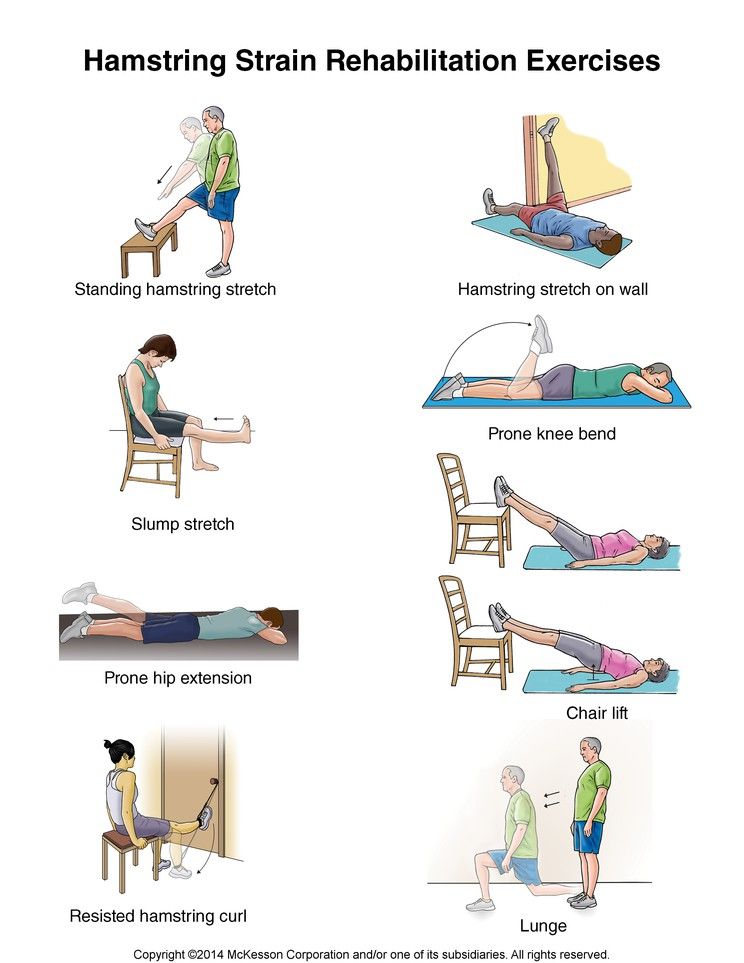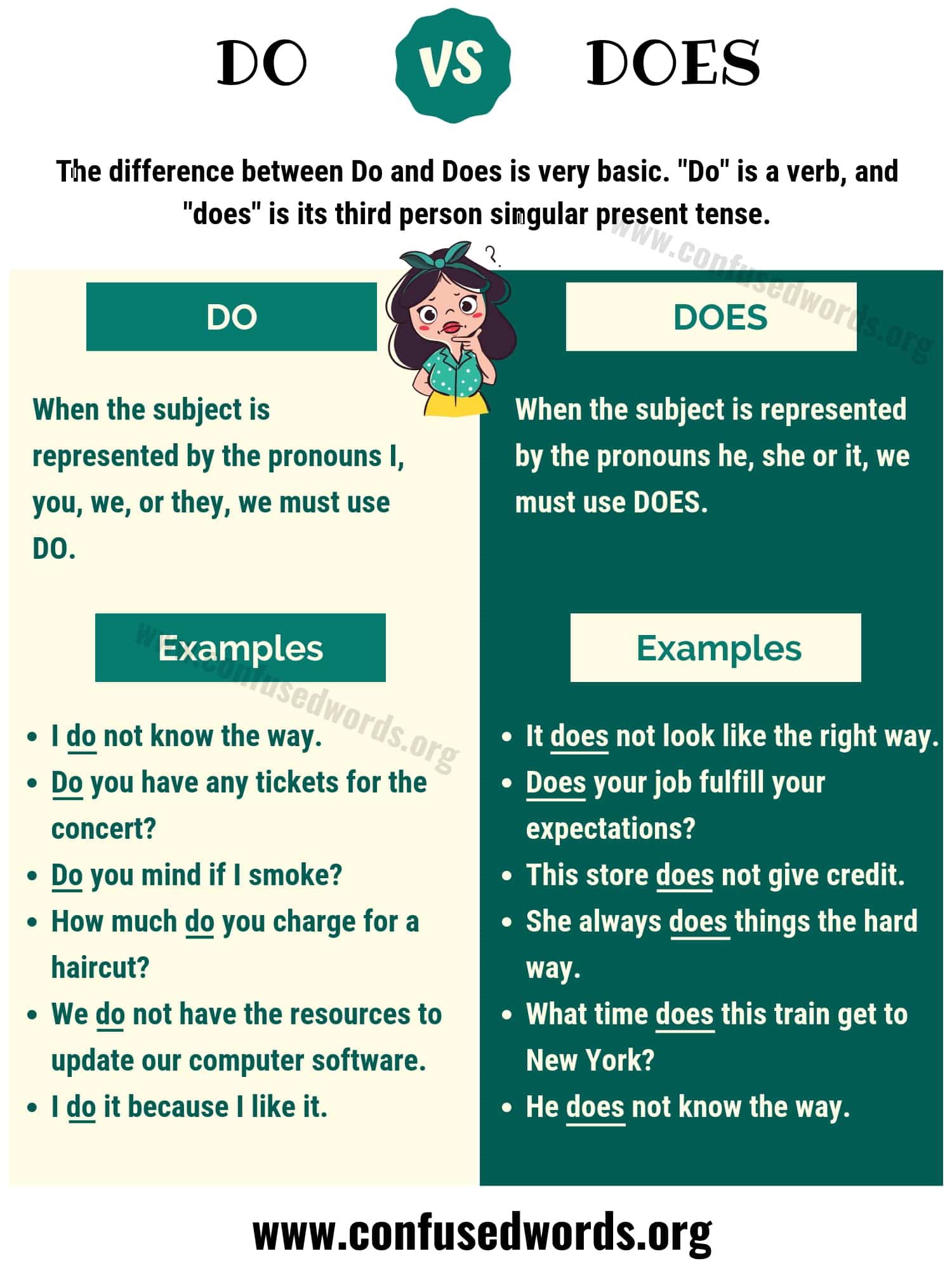The hip flexors, a group of muscles that include the iliopsoas, tensor fasciae latae, and rectus femoris, play a crucial role in our daily movements, from walking and running to climbing stairs and maintaining good posture. Weak or tight hip flexors can lead to discomfort, poor performance in athletic activities, and even contribute to lower back pain. Strengthening these muscles is essential for anyone looking to improve their mobility, stability, and overall physical fitness. Here, we’ll explore simple yet effective training tips to strengthen your hip flexors.
Understanding Hip Flexor Anatomy
Before diving into the exercises, it’s beneficial to understand the anatomy of the hip flexors. The primary hip flexor is the iliopsoas muscle, which is composed of the iliacus and psoas major muscles. This muscle runs from the lower back down to the femur (thigh bone), playing a key role in lifting the knee towards the chest. The tensor fasciae latae and rectus femoris also contribute to hip flexion, with the former additionally aiding in stabilizing the knee.
Warm-Up and Preparation
Any exercise routine should begin with a proper warm-up to prevent injuries and prepare the muscles for activity. For hip flexor exercises, start with some light cardio such as jogging in place, cycling, or using a cross-country skiing machine for about 5-10 minutes. Follow this with dynamic stretches that target the hip flexors, such as leg swings (front and back) and lunges without weights.
Key Exercises for Hip Flexor Strengthening
Lunges: This exercise is highly effective for strengthening not just the hip flexors but also other muscles in the legs. To perform a lunge, stand with your feet hip-width apart, take a large step forward with one foot, lower your body until your back knee almost touches the ground, then push back up to the starting position. Alternate legs with each repetition.
Step-Ups: Find a sturdy chair or bench. Stand in front of it with your right foot on the floor and your left foot on the step. Bring your right foot up to meet your left, then step back down to the starting position. Alternate legs. This exercise targets the hip flexors and can be modified by changing the height of the step.
Leg Raises: Lie on your back with your arms at your sides, raise one leg towards the ceiling, keeping it straight, then lower it back down without touching it to the floor. Repeat with the other leg. This can be done with or without weights attached to your ankles, depending on your fitness level.
Squats: While squats are known for targeting the glutes and quadriceps, they also engage the hip flexors. Stand with your feet shoulder-width apart, then bend your knees and lower your body down until your thighs are parallel to the ground. Push back up to the starting position.
Hip Flexor Stretching: After strengthening exercises, it’s crucial to stretch the hip flexors to maintain flexibility and prevent tightness. A common stretch involves kneeling on all fours, bringing one knee forward and placing your foot flat on the floor in front of the other knee, then lean forward, stretching the front of your hip.
Incorporating Variations and Progressions
As you become more comfortable with these exercises, consider incorporating variations and progressions to continue challenging your hip flexors:
- Add Resistance: Use ankle weights, resistance bands, or machines at the gym to increase the difficulty of your exercises.
- Increase Repetitions or Sets: Gradually increase the number of repetitions or sets as your muscles become stronger.
- Change Your Foot Position: For exercises like lunges and squats, experiment with different foot positions to target the hip flexors from various angles.
Importance of Consistency and Patience
Strengthening the hip flexors, like any other muscle group, requires consistency and patience. It’s essential to incorporate these exercises into your routine regularly, ideally 2-3 times a week, allowing for rest days in between for recovery. Remember, the goal is progressive overload and consistent challenge, not immediate perfection.
Conclusion
Strengthening your hip flexors is a straightforward process that can significantly improve your athletic performance and overall quality of life. By understanding the anatomy of the hip flexors, incorporating a variety of exercises into your routine, and consistently challenging yourself, you can achieve stronger, more resilient hip flexors. Remember to balance strengthening exercises with stretching to maintain flexibility and prevent injury, ensuring a well-rounded approach to hip flexor health.
What are some common signs of weak hip flexors?
+Common signs include difficulty in climbing stairs, tightness in the front of the hip, poor posture, and lower back pain. These symptoms can indicate that your hip flexors are weak or tight, affecting your overall mobility and comfort.
How often should I stretch my hip flexors?
+It's recommended to stretch your hip flexors regularly, ideally after each workout and at the end of the day. However, if you're engaging in activities that heavily involve the hip flexors, you may need to stretch more frequently to prevent tightness and maintain flexibility.
Can I strengthen my hip flexors without equipment?
+Yes, many exercises for strengthening the hip flexors, such as lunges, squats, and leg raises, can be done without any equipment. Bodyweight exercises are effective for building strength and can be modified to suit different fitness levels.
By following these training tips and maintaining a consistent regimen, you can effectively strengthen your hip flexors, enhancing your physical performance and reducing the risk of related injuries. Remember, a strong foundation in the hips contributes to overall lower body strength and stability, making every step, stride, and movement more efficient and powerful.



